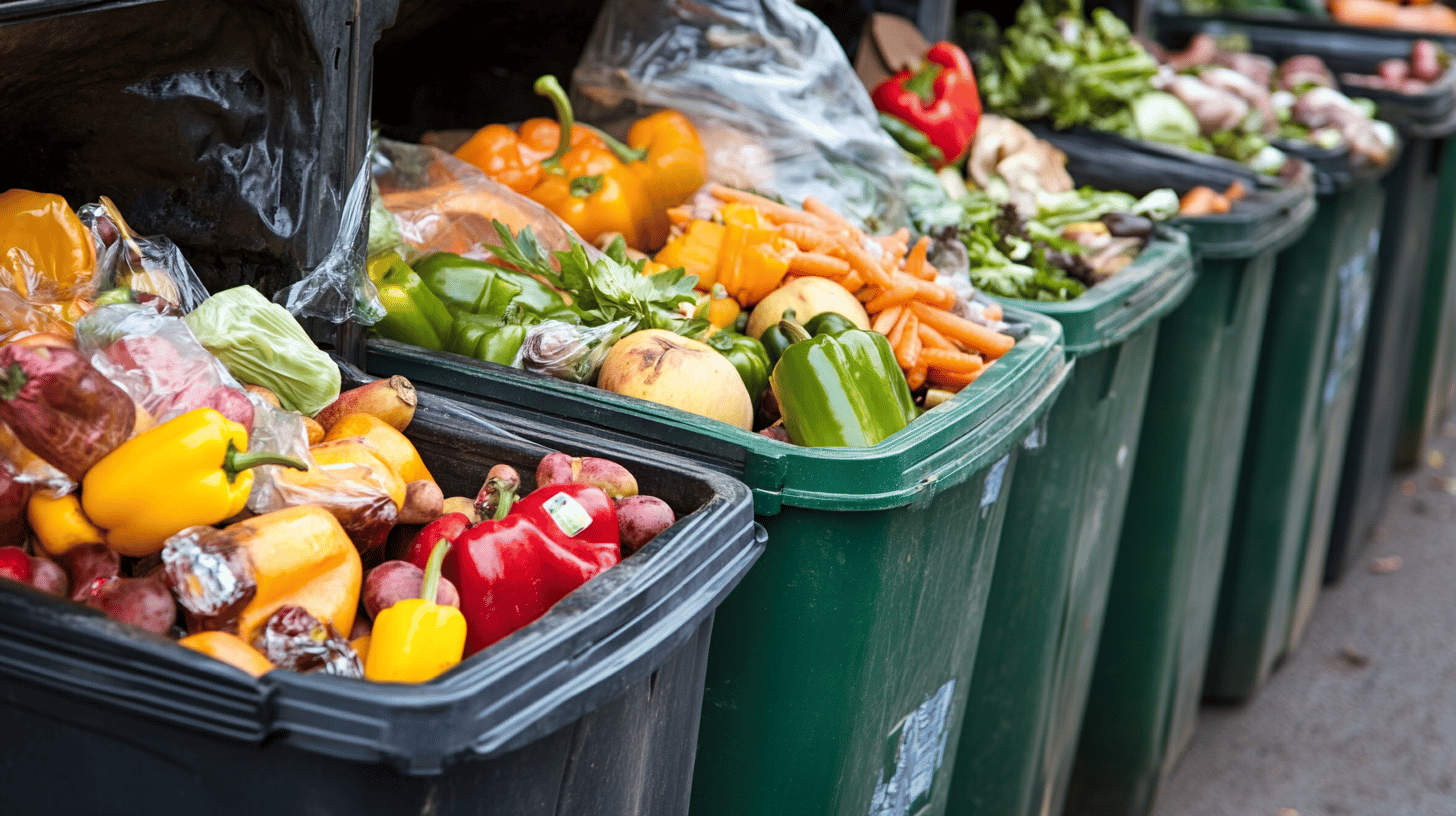Reducing the ecological footprint is becoming an increasingly important topic in a world where the issue of climate change is on the agenda.
Zero waste storage: how to minimise food waste

Imagine opening your fridge and every piece of food is fresh, tasty and ready to use. No forgotten leftovers in the back of the shelf, no moldy fruit or wilted vegetables.
This ideal picture is not just a dream - it's a reality you can achieve with the right food storage techniques and a zero waste approach. In today's article, we'll delve into the ins and outs of zero waste storage and show you how to minimize food waste, save money and help protect our planet.
Why is zero waste storage important?

Millions of tonnes of food are thrown away every year around the world. In the Czech Republic alone, approximately 70 kg of food is thrown away per person per year.
This is not only an economic loss, but also a huge environmental burden. Huge amounts of energy, water and other resources are consumed in the production, transport and disposal of food.
When food ends up in landfill, it decomposes and releases methane, a greenhouse gas that is 25 times more potent than carbon dioxide.
Zero waste storage is one of the most effective ways to address this problem. Not only does it help minimize waste, it also promotes a sustainable lifestyle and saves you money.
How to get started with zero waste storage?
Let's start with the basics. Zero waste storage isn't just about how you store food, it's also about how you buy, plan and use it. Here are some steps to help you get started:

1. Menu planning and shopping
Before each purchase, make a list of what you really need. Planning your menu for the week ahead will help you buy only what you really need.
This will help you avoid impulse purchases and unnecessary waste.
2. Proper food storage
Each type of food requires specific storage conditions. For example:
Vegetables and fruit: Some types, such as bananas, tomatoes or avocados, should be stored at room temperature, while others, such as carrots or broccoli, belong in the fridge.
Herbs: Store them in a jar of water, like flowers, or wrap them in a damp paper towel and place them in the fridge.
Bread: Best kept in a cloth bag or bread bin to keep it fresh longer.

3. Use appropriate containers and packaging
Invest in good quality glass or stainless steel containers that are reusable and free of harmful chemicals. You can reuse jars from jams or preserves to store pulses, nuts or spices.
4. Freezing and fermentation
If you have a surplus of fresh food, freeze it. Fruits such as strawberries or blueberries can be frozen for smoothies, while vegetables can be used in soups or sauces.
Fermentation is another great way to extend the life of food - try making homemade kimchi or sauerkraut.
Practical tips for zero waste storage

- FIFO method (First In, First Out): Arrange your fridge and pantry so that older food is in the front and new food is in the back. This will ensure that you use up what has a shorter shelf life first.
- Composting: If you do have leftovers, compost them. Leftover fruit, vegetables or coffee grounds can turn into valuable compost for your garden.
- Reuse leftovers: You can use leftover vegetables for stock, while overripe fruit is perfect for smoothies or homemade jam.
Inspiration from nature: How nature shows us the way
Nature is a perfect example of a zero waste system. Everything it produces is reused. Fallen leaves decompose and become nutrients for the soil, animals use every last bit of the resource.
If we are inspired by this approach, we too can create a household that works in harmony with nature.
A story from practice: How I changed my approach to storage
When I first decided to minimize food waste, I was surprised at how much food I used to throw away.
For example, I often forgot about leftover cooked rice or vegetables in the fridge. Today, I have a special "leftovers zone" in my fridge where I keep anything that needs to be used up quickly.
As a result, I have not only reduced waste, but also saved money and discovered new recipes, such as vegetable patties made from rice and leftover vegetables.
Conclusion
Zero waste storage is not just about techniques and tools, but also about changing your mindset. It's a path to a more sustainable and conscious lifestyle that benefits not only you, but also our planet.
Start with small steps - plan your shopping, store food properly and use leftovers. Every step you take makes a difference. Together, we can create a world where food waste is a thing of the past.
Remember that every piece of food has a value - not only economically, but also environmentally. Whether it's the last carrot in the fridge or leftover rice from dinner, everything can be put to good use.
All it takes is a little creativity and determination. 🌱

Ecological self-sufficiency is becoming an increasingly discussed topic in the context of climate change, economic instability and growing interest in sustainability.


